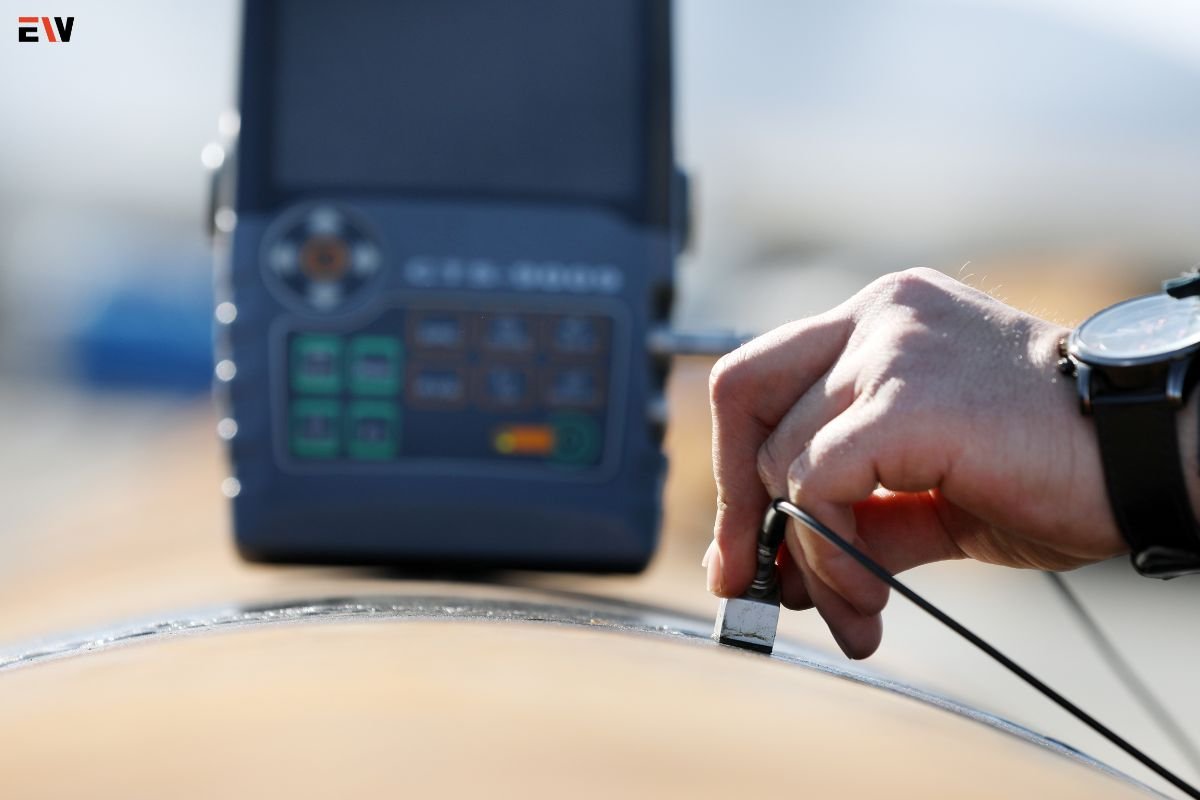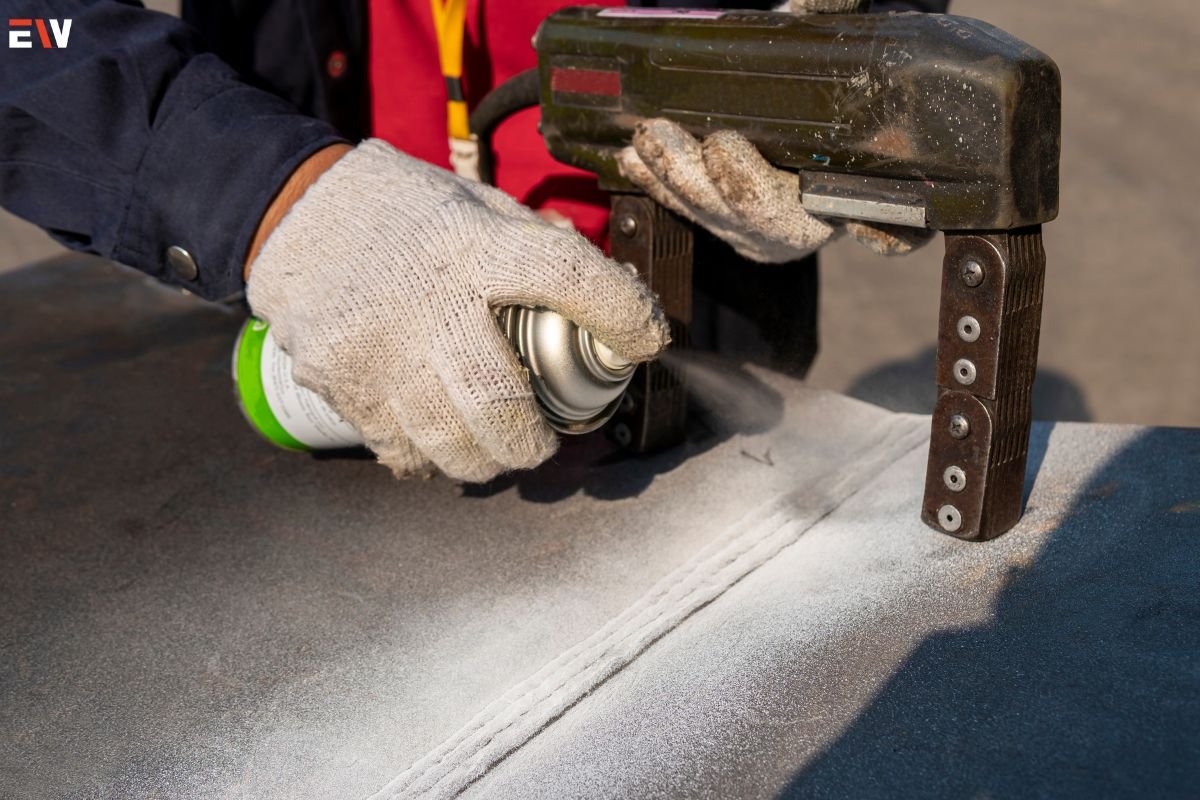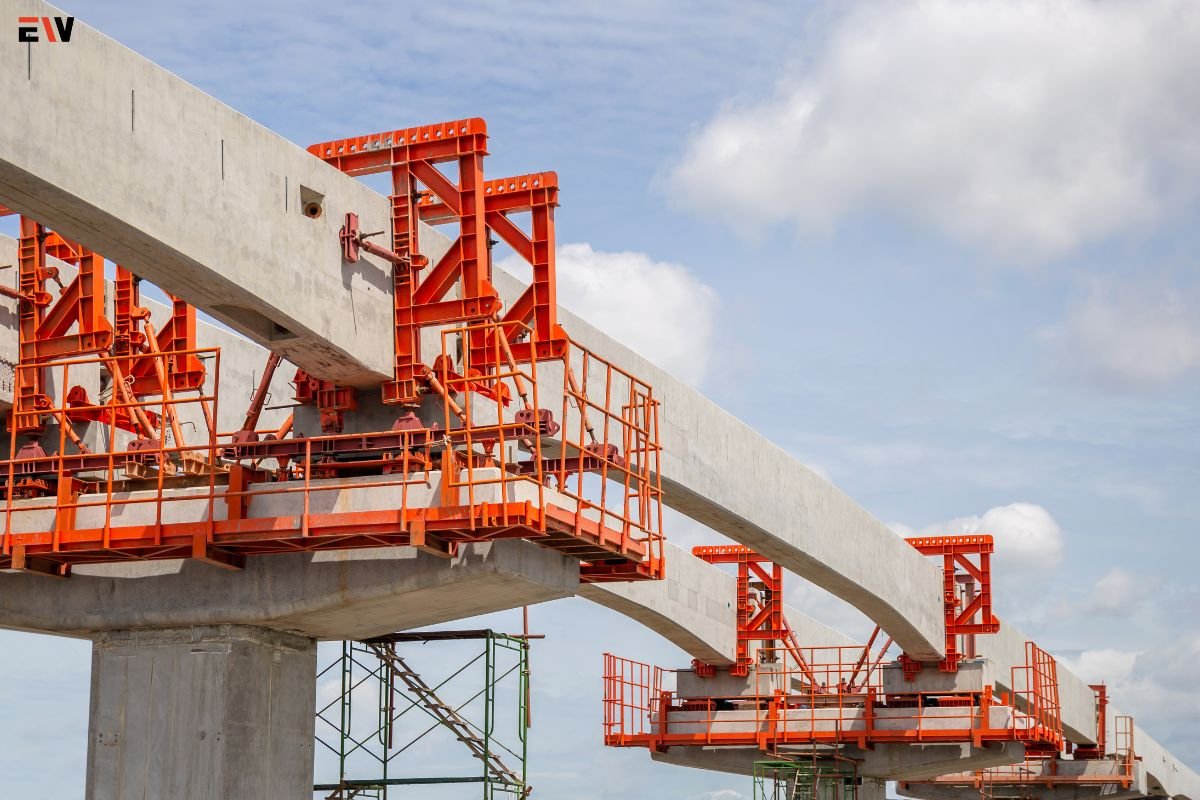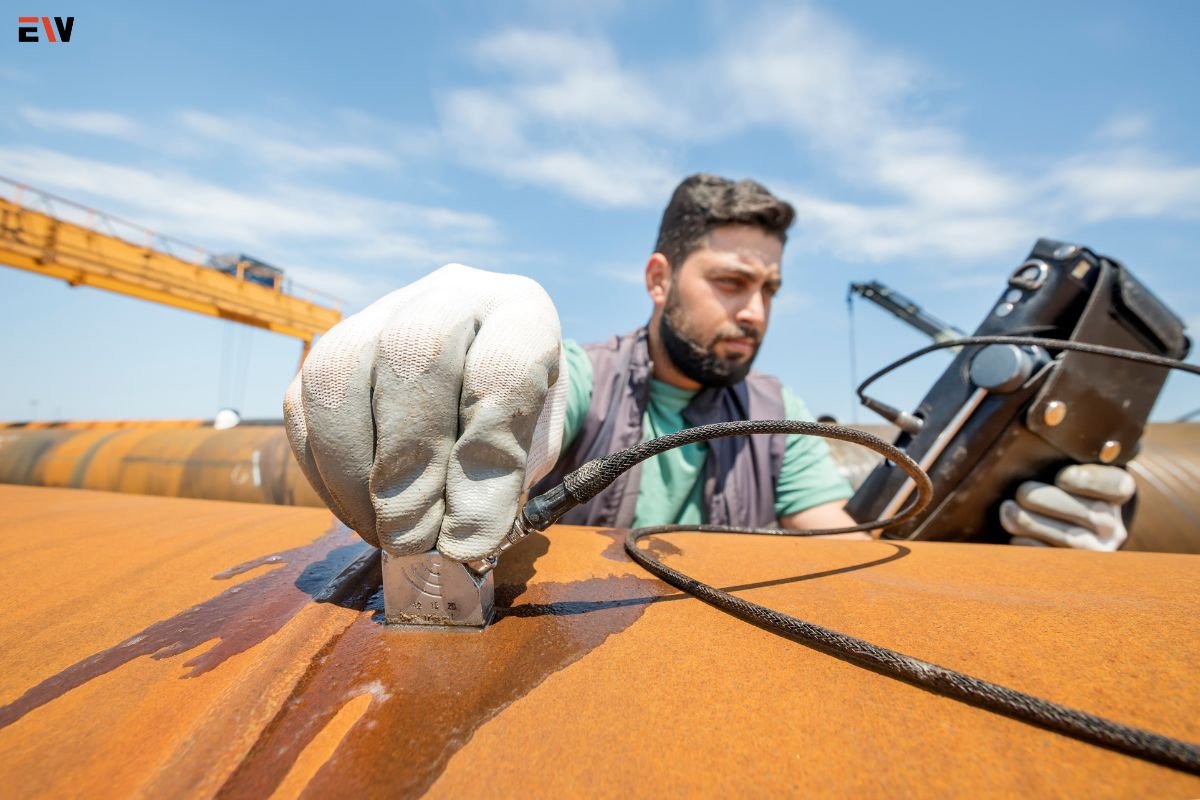Non-destructive examination (NDE) plays a crucial role in various industries, including manufacturing, aerospace, automotive, and infrastructure, by providing valuable insights into the integrity, quality, and reliability of materials and components without causing damage. In this comprehensive guide, we’ll explore the significance of NDE, discuss common techniques used in non-destructive examination, and highlight its applications across different sectors for ensuring safety, efficiency, and compliance.
Understanding Non-Destructive Examination (NDE)
Non-destructive examination (NDE), also known as non-destructive testing (NDT), is a collection of techniques used to evaluate the properties, integrity, and condition of materials, components, and structures without causing damage or altering their physical properties. NDE methods are essential for detecting defects, discontinuities, and anomalies that could compromise the performance or safety of critical assets.
Importance of Non-Destructive Examination
1. Safety Assurance:
NDE techniques help identify defects, flaws, or weaknesses in materials and structures, ensuring they meet safety standards and regulatory requirements to prevent catastrophic failures or accidents.
2. Quality Control:

NDE plays a vital role in quality assurance and quality control processes by detecting manufacturing defects, surface irregularities, or material inconsistencies early in the production or fabrication process, reducing rework and scrap.
3. Asset Integrity:
By monitoring the condition and integrity of assets such as pipelines, bridges, aircraft, and machinery, NDE helps extend their operational life, optimize maintenance strategies, and minimize downtime.
4. Cost Savings:
Early detection of defects or damage through NDE techniques can prevent costly repairs, replacements, or unplanned downtime, resulting in significant cost savings over the lifecycle of assets.
Common Techniques in Non-Destructive Examination
1. Visual Inspection (VI):
Visual inspection is the simplest form of NDE, involving direct visual examination of surfaces, welds, or components for visible defects, cracks, corrosion, or surface irregularities.
2. Radiographic Testing (RT):
Radiographic testing uses X-rays or gamma rays to penetrate materials and create images that reveal internal defects, voids, or discontinuities, making it suitable for inspecting thick-walled components or complex geometries.
3. Ultrasonic Testing (UT):
Ultrasonic testing utilizes high-frequency sound waves to detect internal flaws, cracks, or material thickness variations by analyzing the time it takes for ultrasonic waves to travel through a material and reflect back to a receiver.
4. Magnetic Particle Testing (MT):

Magnetic particle testing involves magnetizing ferromagnetic materials and applying magnetic particles or liquid suspensions to detect surface and near-surface defects, cracks, or discontinuities by visual or magnetic field indicators.
5. Liquid Penetrant Testing (PT):
Liquid penetrant testing involves applying a liquid dye or fluorescent penetrant to the surface of a component, allowing it to seep into surface cracks or defects before being removed and inspected under UV light.
6. Eddy Current Testing (ET):
Eddy current testing induces electrical currents in conductive materials and detects changes in impedance caused by defects, cracks, or material variations, making it suitable for detecting surface and near-surface flaws.
Applications of Non-Destructive Examination
1. Aerospace and Defense:
NDE techniques are widely used in aerospace and defense industries to inspect aircraft components, engine parts, and structural assemblies for defects, fatigue cracks, or corrosion.
2. Manufacturing and Fabrication:
NDE plays a critical role in manufacturing processes, including casting, forging, welding, and machining, to ensure the quality, integrity, and dimensional accuracy of components and structures.
3. Oil and Gas:
In the oil and gas industry, NDE techniques are employed to inspect pipelines, storage tanks, pressure vessels, and offshore platforms for corrosion, weld defects, and material degradation to prevent leaks or failures.
4. Automotive and Transportation:
NDE is used in automotive manufacturing to inspect critical components such as engine blocks, chassis, and safety systems for defects, weld quality, and material integrity to ensure vehicle safety and reliability.
5. Infrastructure and Construction:

NDE techniques are applied in infrastructure projects, including bridges, buildings, dams, and railways, to assess structural integrity, detect defects, and monitor aging infrastructure for maintenance and repair.
Conclusion
Non-destructive examination (NDE) plays a critical role in ensuring the safety, quality, and reliability of materials, components, and structures across various industries. By employing a range of NDE techniques such as visual inspection, radiographic testing, ultrasonic testing, and magnetic particle testing, organizations can detect defects, flaws, or anomalies early in the lifecycle of assets, minimizing risks, optimizing maintenance strategies, and enhancing operational efficiency. As industries continue to prioritize safety, quality, and compliance, the importance of non-destructive inspection as a valuable tool for asset integrity management and risk mitigation will only continue to grow.










